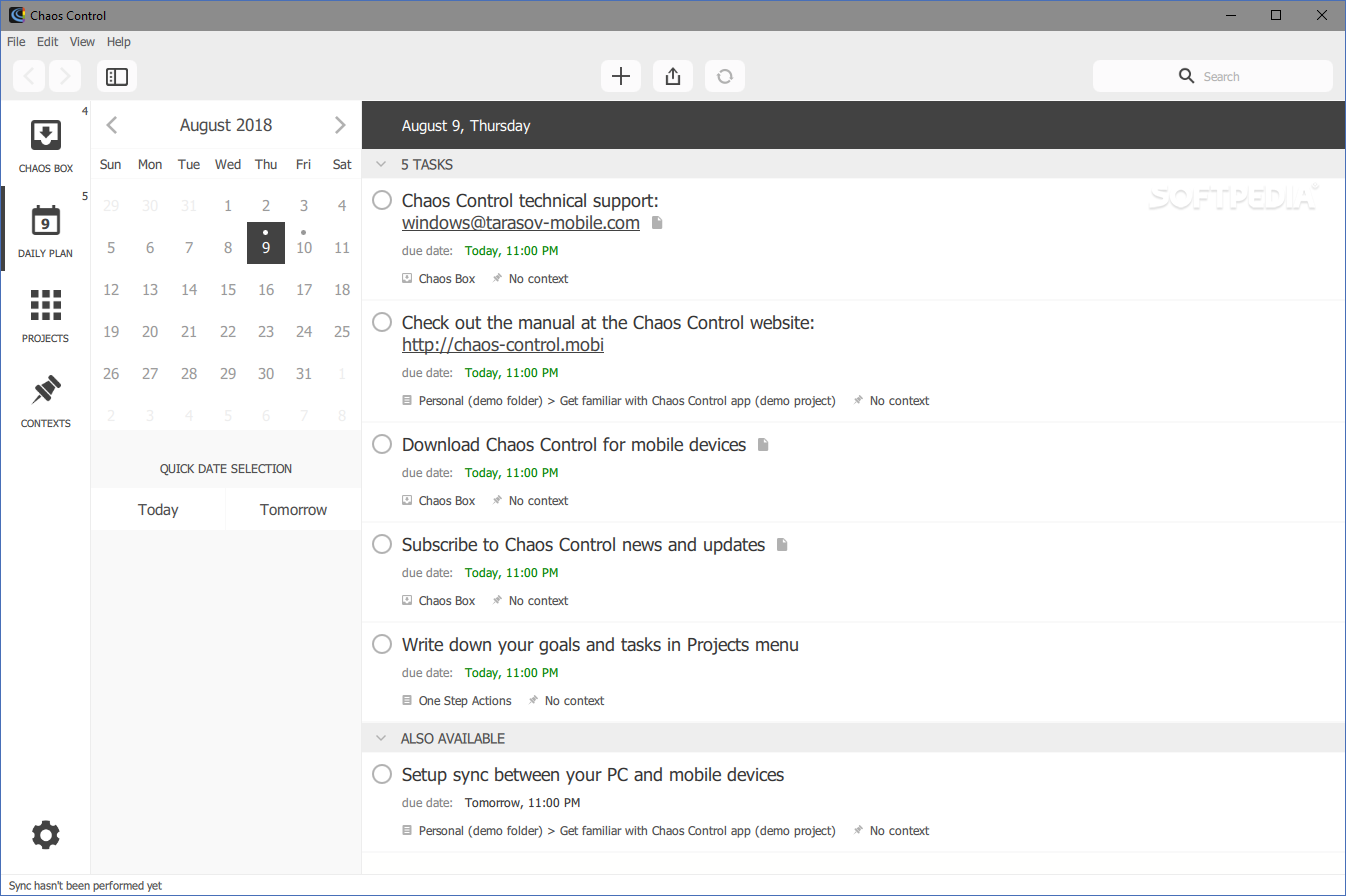

Survey participants were asked to rate a series of behaviors based on a behavior’s appropriateness, effectiveness at reducing impacts, and difficulty to achieve while bouldering in the park.įor example, to measure boulderer’s perceptions of appropriate behaviors, survey participants rated a series of high impact behaviors from 1 – 7 (1 = Very Inappropriate and 7 = Very Appropriate) (Image 3 Schwartz et al., 2015). The purpose of this study was to establish a baseline understanding of these attitudes and perceptions in order to better align boulderers and the sport of bouldering with Leave Not Trace practices, thus reducing bouldering impacts in the park.ĭuring the summer of 2015, the research team surveyed 229 boulderers near the Emerald Lake, Chaos Canyon, and Wild Basin bouldering areas.
#Chaos control app for gear driver#
Using the Theory of Planned Behavior as a framework, which suggests an individual’s attitude is an important driver of their behavior (Ajzen, 1991 1995), researchers set out to capture boulderers’ attitudes toward Leave No Trace principles and perceptions of how their own behaviors aligned with minimum impact practices. To better understand bouldering impacts, researchers from Pennsylvania State University, the Leave No Trace Center for Outdoor Ethics, and the National Park Service took a behavioral approach. Designated Wilderness provides access to pristine natural areas and carries special protections meant to minimize human impacts on the landscape. The team mapped 40 visitor-created bare ground areas across sites and nearly 3 miles of informal trails with a "Moderate" rating, meaning these informal trails had vegetation loss, the organic layer of soil was mostly still present.Ĭoncerns over these impacts are heightened because popular bouldering areas near Emerald Lake, Chaos Canyon, and Wild Basin are also designated as federal Wilderness areas. During the summer of 2015, USU researchers mapped extensive informal trail networks and visitor-created bare ground sites around bouldering areas in Chaos Canyon and Emerald Lake and made observations of other impacts like presence of trash, stashed crash pads, damaged trees, and modified landing zones. In RMNP bouldering areas, all of these impacts have been documented by research collaborators at Utah State University (USU) and RMNP Climbing Rangers. Bouldering impacts, including chalk marks, bare ground, and modified landing zones (the pile of sticks and rocks on the left) were observed throughout popular bouldering areas in RMNP.


 0 kommentar(er)
0 kommentar(er)
